
PLACES
15-07-2020 di redazione
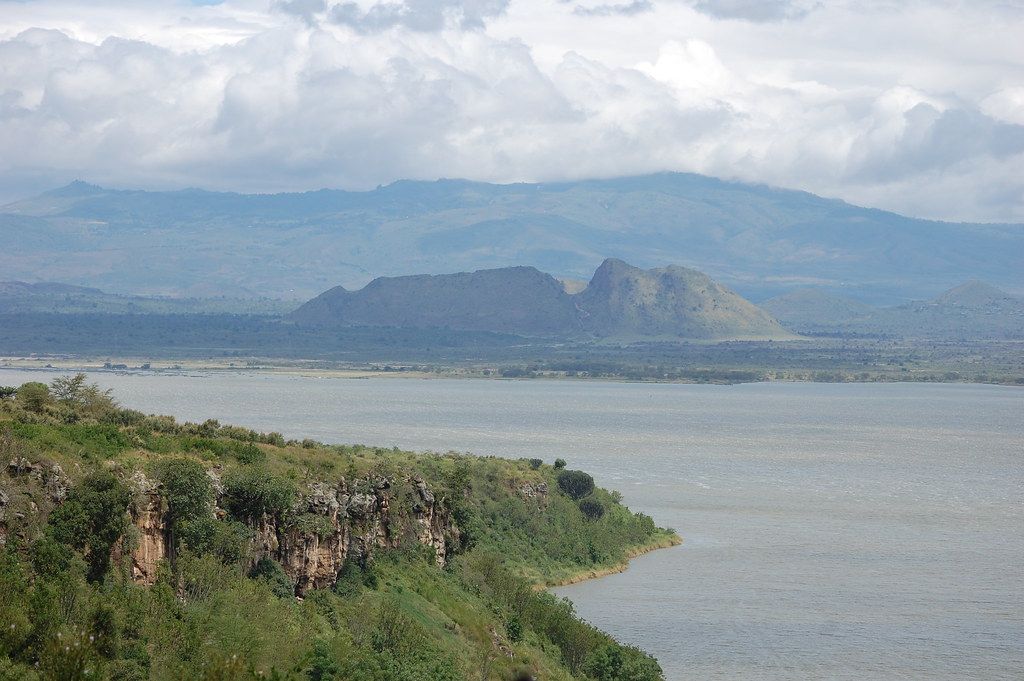
Located between Lakes Naivasha and Nakuru, however small, Lake Elmenteita (also known as Elemantaita) is one of the most important in the Great Rift Valley in Kenya, as it is the breeding and feeding ground for many rare and endangered bird species. The area was declared a UNESCO World Heritage Site in 2005 and included in Kenya's protected areas in 2011. The Elmenteita is nestled in the eastern part of the Great Rift Valley offers idyllic landscapes: hills and valleys gently descend to its shores where large herds of buffaloes, water antelopes, eland, zebras, giraffes, gazelles including the rare major and minor kudu, find abundant pastures in the more than two thousand and five hundred hectares that make up the natural sanctuary, just over an hour's drive from Nairobi and forty kilometers from the most famous national park of Lake Nakuru.
During the dry season, the black lava islands are the only nesting and breeding grounds suitable for the Great White Pelican of the Rift Valley region.
Due to the small size of the lake, fluctuations in water level affect its salinity. As a result, conditions change, making it unstable where flamingos can rely on food supplies. However, the lake is a paradise for bird lovers, as it is home to over 450 species, including migratory birds.
Lake Elmenteita is part of the Soysambu Conservancy, founded in 2007 and about 30 km from Lake Nakuru, the freshwater lake is located on private land, but visitors are allowed to enter. Here, too, the birdlife is abundant, particularly with flamingos, and you can come across zebras, gazelles, eland and warthog families. The lake and its surrounding forests are ideal for long walks and to enjoy a splendid view of the Rift Valley.
The Masai have wandered the area for centuries and the name comes from their name Ol muteita which means "place of dust". The first settler to reach the area of Lake Elmenteita was Lord Delamere in 1897. Besides being one of the proponents of English colonialism in East Africa, Delamere was a pioneer of agriculture and in 1906 he settled permanently on Lake Elmenteita, where his descendants still live today.
The landscape around the lake is varied, with craters, lava flows, caps and other remains of the volcanic history of the area. There are also strange geometric patterns created by the erosion of the very porous soil. Towards the southern end of the lake are the hot springs of Kekopey, a place thought to be an ancient trading place for ivory and slaves of yesteryear.
Today the locals depend on the hot springs around Kekopey for domestic fresh water supply, subsistence irrigation and to water their livestock.
Translated with www.DeepL.com/Translator (free version)
ENVIRONMENT
di Leni Frau
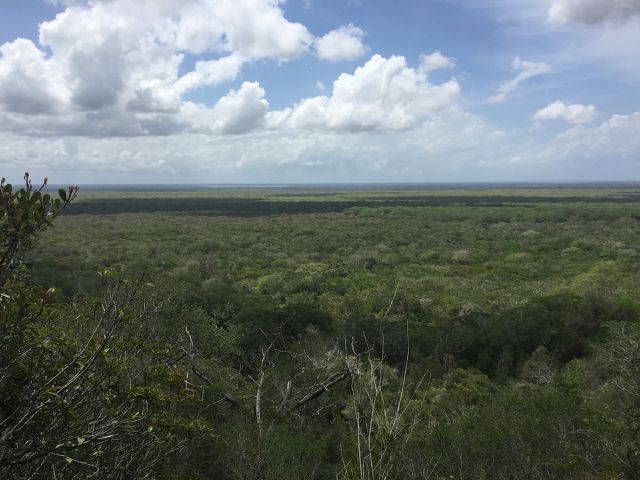
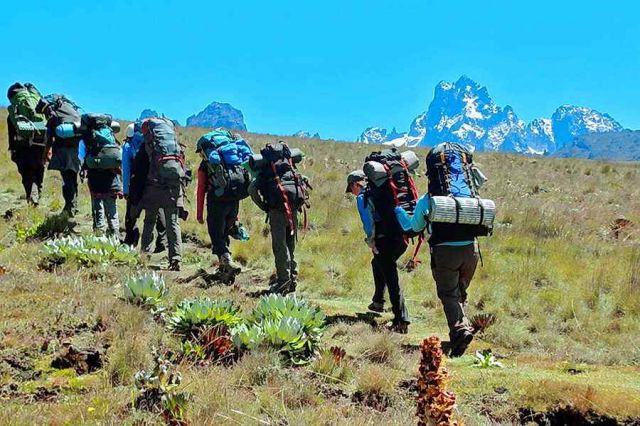
For the incoming and in the near future increasingly international tourism, thanks to the gradual and limited reopening of all countries, Kenya has decided to strengthen the promotion and sale of holidays focused on...
NEWS
di redazione
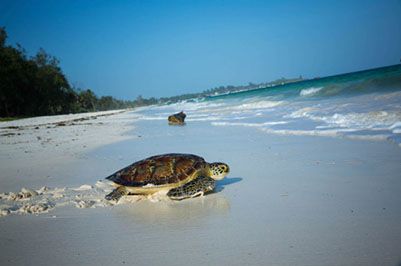
Kenya was included in the five countries to visit in 2017 for an eco-conscious holiday by two of America's most important industry operators.
G-Adventure and Intrepid Travel have cited Kenya as one of the most interesting and growing countries in...
PLACES
di redazione

The Park of Lake Jipe, on the border between Kenya and Tanzania, but also accessible from the asphalt road that leads from you to Taveta, is a fantastic place where you can see....
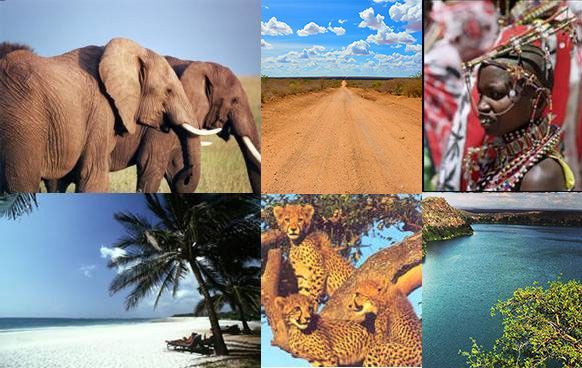
One entry for each letter of the alphabet is certainly not enough to contain all the wonders and peculiarities of a unique and varied country like Kenya.
Cradle of humanity, a place that more than any other personifies the so-called...

"My fight to save Africa's natural treasures'.
This is the eloquent subtitle of an autobiography co-written with journalist Virginia Morell.
The life of the founder of the Kenya Wildlife Service and Kenya's staunchest defender of wild animals.
di redazione
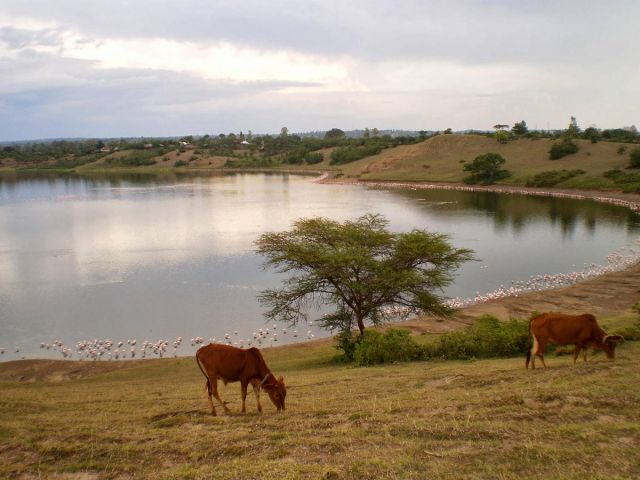
In the Luo dialect it means "the sunken village", the "Simi Nyaima" is a wonderful little volcanic lake in the Karachuonyo area of western Kenya, not far
PLACES
di redazione
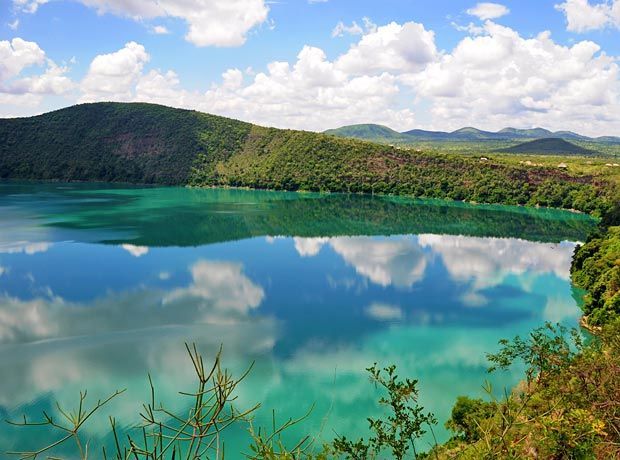
Few people know Lake Chala.
Located half in Kenya and the other half in Tanzania, under Kilimanjaro, between the towns of Taveta and Loitokitok, Chala is a crater four square kilometers in diameter surrounded by greenery.
PLACES
di redazione

Lake Logipi is a minor lake in the northern Rift Valley, at the northern end of the arid Suguta Valley, one of the hottest places on earth, nicknamed 'The Valley of Death'...
NATURE
di redazione

The small and beautiful Lake Kamnarok is at risk of drying out and crocodiles are the first to suffer. Now a European project is trying to save it and restore it to its former glory.
di redazione
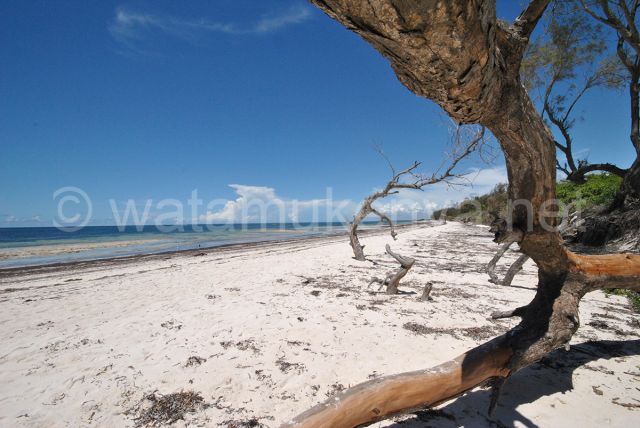
We are now at the beginning of the peak winter season, where thousands of tourists choose exotic, warm destinations to find refuge from the...
NATURE
di redazione
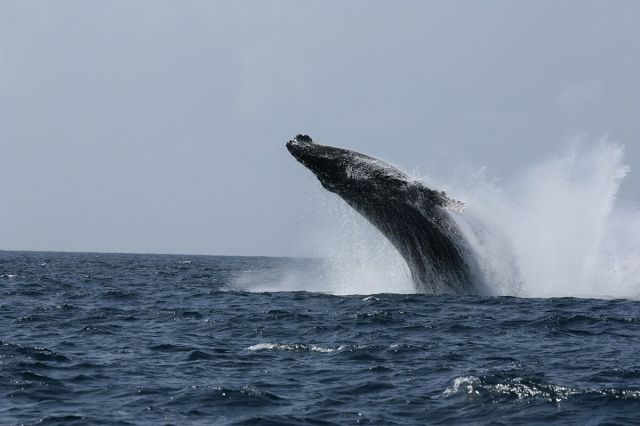
The Indian Ocean also has its "Big 5". It is not only the savannah of Kenya that
NATURE
di redazione
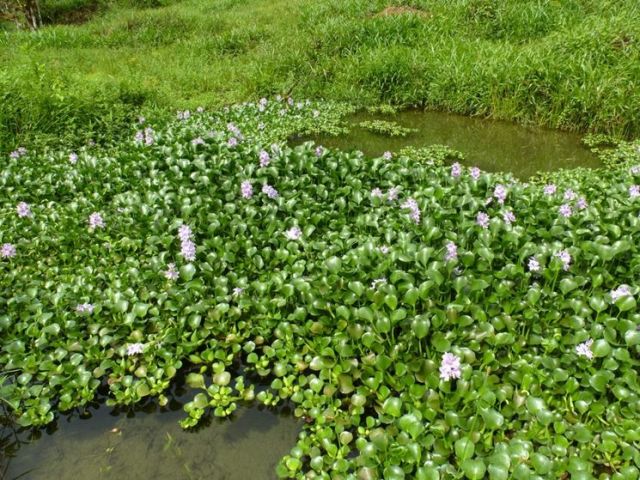
Freeing lakes from a weed that restricts fish reproduction and at the same time creating biofuel to limit the use of charcoal in rural kitchens.
This is a Kenyan initiative that simultaneously safeguards the environment, trade and the health of...
PARKS
di redazione

Amboseli National Park is undoubtedly one of Kenya's most popular parks, and we can agree that the reason for its fame is Mount Kilimajaro, which stands out as a stunning backdrop, visible from every point in the park.
Covering an...
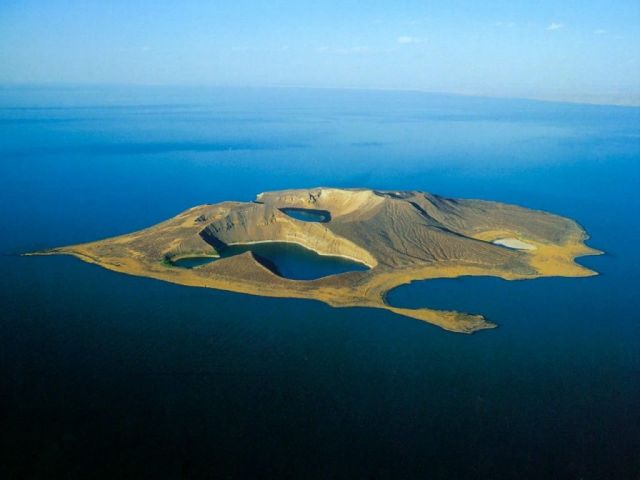
Lake Turkana, also called the Jade Sea because of the remarkable, almost incandescent colour of its waters, which appear surprisingly blue and...
PRODUCTS
di redazione

The silver cyprinid is a small freshwater fish with a silvery colour and lustre that can grow to a maximum length of 9 cm.
Also known as the Lake Victoria sardine, in Kenya it is called...